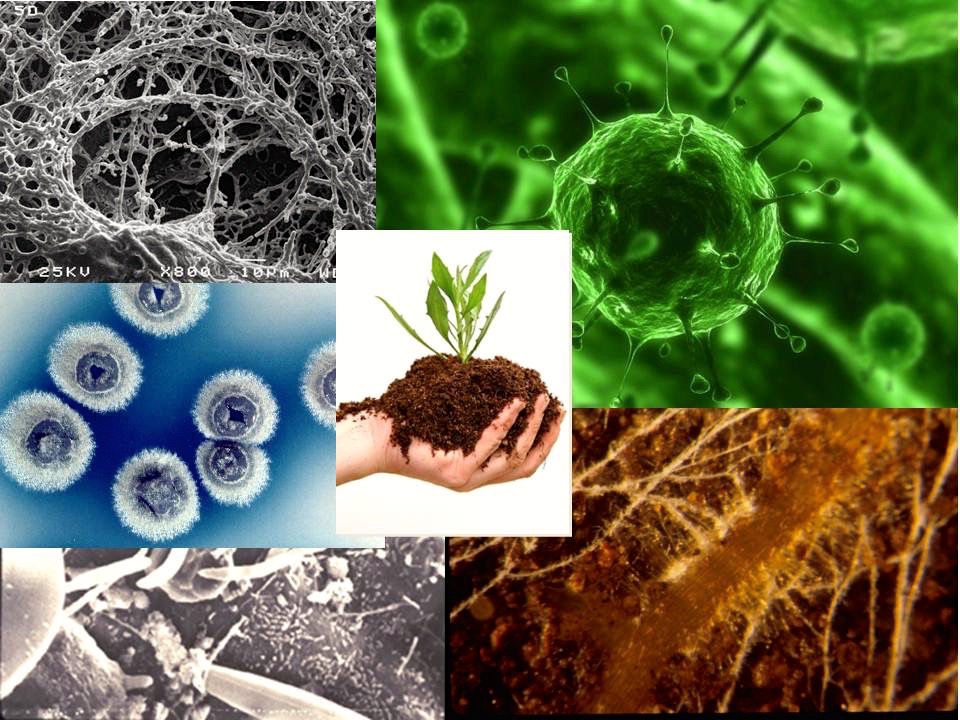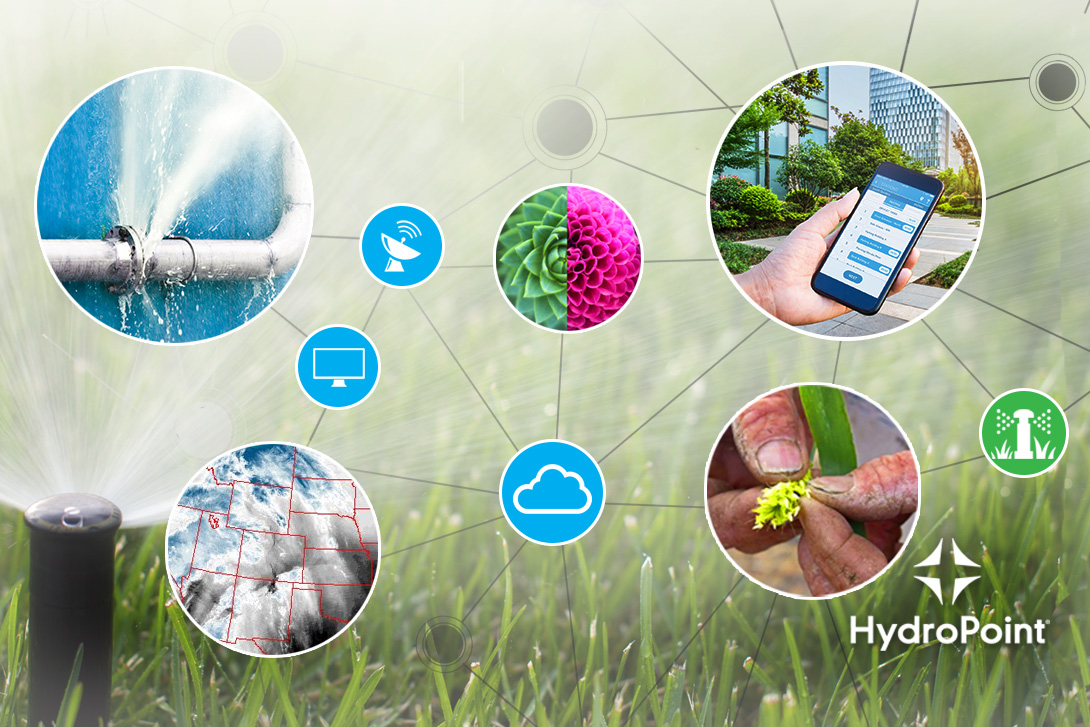Soil Microbiology Unraveling The Secrets Of Soil Health
Healthy soil is the foundation for a thriving ecosystem. It provides the nutrients and support that plants need to grow and flourish. But did you know that soil is teeming with life? Beneath the surface lies a diverse community of bacteria and fungi, working together to maintain the health of our soil.

These microorganisms play a crucial role in maintaining the balance of nutrients and organic matter in the soil. They break down organic material, releasing essential nutrients that plants can use. They also help to suppress harmful pathogens, keeping plants healthy and resistant to disease.
But what exactly are these soil bacteria and fungi, and how do they contribute to the health of our soil? Let's dive deeper into the fascinating world of soil microorganisms.
What are Soil Microbes?
Soil microbes, also known as soil microorganisms, are tiny living organisms that inhabit the soil. They include bacteria, fungi, protozoa, and nematodes. These microorganisms are incredibly diverse and play a vital role in the soil food web.
Bacteria are single-celled microorganisms that are found in almost every habitat on Earth, including soil. They are known as decomposers because they break down organic matter into simpler forms. This process, known as decomposition, releases essential nutrients that are then available for plants to use.
Fungi, on the other hand, are multicellular organisms that often form intricate networks of thread-like structures called mycelium. Some fungi form mutually beneficial relationships with plants, known as mycorrhiza. In these relationships, the fungi help plants acquire nutrients from the soil, while the plants provide sugars to the fungi. This symbiotic interaction is crucial for the growth and survival of many plant species.
Protozoa, another group of soil microorganisms, are single-celled animals that feed on bacteria and other microbes. They help to control the populations of bacteria and maintain a balanced soil ecosystem.
Nematodes, often referred to as roundworms, are microscopic animals that play multiple roles in the soil. Some nematodes are predatory, feeding on bacteria and other nematodes. Others are beneficial, helping to break down organic matter and release nutrients for plants.
Ideas For Maximizing Soil Microbial Diversity
Now that we understand the importance of soil microorganisms, let's explore some ideas for maximizing soil microbial diversity in our gardens and agricultural fields:
- Utilize compost: Incorporating compost into the soil adds a rich source of organic matter, which serves as a food source for soil microorganisms. This helps to support their growth and activity.
- Practice crop rotation: Rotating crops helps to prevent the buildup of pests and diseases, which can negatively impact soil microbial diversity. Different crops have different nutritional needs, ensuring a diverse range of nutrients in the soil and supporting a diverse microbial population.
- Minimize chemical inputs: Overuse of synthetic fertilizers and pesticides can harm soil microorganisms. Consider using organic alternatives and adopting Integrated Pest Management (IPM) practices to maintain a healthy balance.
- Reduce soil disturbance: Excessive tilling and soil compaction can disrupt soil structures and disturb microbial communities. Adopt conservation tillage practices, such as no-till or minimum tillage, to minimize soil disturbance and support a robust microbial ecosystem.
- Plant cover crops: Cover crops, such as legumes or grasses, can improve soil health by adding organic matter, reducing erosion, and providing habitat for beneficial soil microorganisms.
Recommendations for Enhancing Soil Microbial Activity
In addition to maximizing soil microbial diversity, we can take steps to enhance the activity of these microorganisms. Here are some recommendations:
- Ensure proper soil moisture: Soil microorganisms require adequate moisture to thrive. Maintaining proper soil moisture levels helps to create an environment conducive to microbial activity.
- Avoid over-fertilization: Excessive fertilizer application can lead to imbalanced nutrient levels and hinder microbial activity. Conduct soil tests to determine the specific nutrient requirements of your plants and only apply fertilizers as needed.
- Use organic soil amendments: Organic amendments, such as compost, manure, and biochar, can enhance soil microbial activity by adding beneficial microorganisms and organic matter to the soil.
- Encourage mycorrhizal associations: Certain plant species form symbiotic relationships with mycorrhizal fungi. Planting mycorrhizal host plants and avoiding excessive use of fungicides can encourage the development of these beneficial associations.
A Listicle of Soil Microbial Benefits
Soil microorganisms offer a wide range of benefits to the soil and plants. Here's a listicle highlighting some of their key contributions:
- Improved nutrient availability: Soil microorganisms break down organic matter, releasing essential nutrients that plants can absorb.
- Enhanced soil structure: Some microbial species help create soil aggregates, improving soil porosity and water infiltration.
- Increased carbon sequestration: Microorganisms play a crucial role in storing carbon in the soil, helping to mitigate climate change.
- Suppressing plant pathogens: Certain soil microorganisms produce antibiotics or compete with harmful pathogens, reducing the risk of plant diseases.
- Natural fertilizer production: Some bacteria convert atmospheric nitrogen into plant-usable forms through a process called nitrogen fixation, reducing the need for synthetic fertilizers.
- Improved water holding capacity: Microbial activity can increase the soil's ability to hold water, reducing water runoff and enhancing plant resilience during drought conditions.
- Detoxification of pollutants: Certain soil bacteria can degrade and break down toxic chemicals, helping to remediate contaminated soils.
- Promotion of root growth: Mycorrhizal fungi can stimulate plant root development, enhancing nutrient uptake and plant growth.
Question & Answer: Exploring Soil Microbes
Q: Do soil microorganisms only exist in healthy soil?
A: Soil microorganisms can be found in both healthy and degraded soils. However, their abundance and diversity tend to be higher in healthy soils where conditions are more favorable for their growth and activity.
Q: Can excessive pesticide use harm soil microorganisms?
A: Yes, excessive pesticide use can harm soil microorganisms. Pesticides, especially broad-spectrum ones, can kill beneficial microorganisms along with pests, disrupting the balance of the soil ecosystem.
Q: Can soil microorganisms contribute to climate change mitigation?
A: Yes, soil microorganisms can play a role in climate change mitigation. They help store carbon in the soil through the decomposition of organic matter, reducing the amount of carbon dioxide released into the atmosphere.
Q: How long does it take for soil microorganisms to decompose organic matter?
A: The decomposition process varies depending on several factors, including the type and amount of organic matter, temperature, and moisture levels. In general, it can take anywhere from several weeks to several months for organic matter to be fully decomposed by soil microorganisms.
Summary of Soil Microorganisms' Importance
Soil microorganisms are the unsung heroes of the soil ecosystem. From breaking down organic matter to promoting plant health and mitigating climate change, these tiny organisms perform invaluable functions.
By implementing practices that support soil microbial diversity and enhance their activity, we can cultivate healthy soil that sustains both the environment and our food production systems.
So, the next time you dig your hands into the soil, remember that beneath the surface lies a thriving community of bacteria, fungi, protozoa, and nematodes, working tirelessly to ensure the health and fertility of our soil.




Post a Comment for "Soil Microbiology Unraveling The Secrets Of Soil Health"